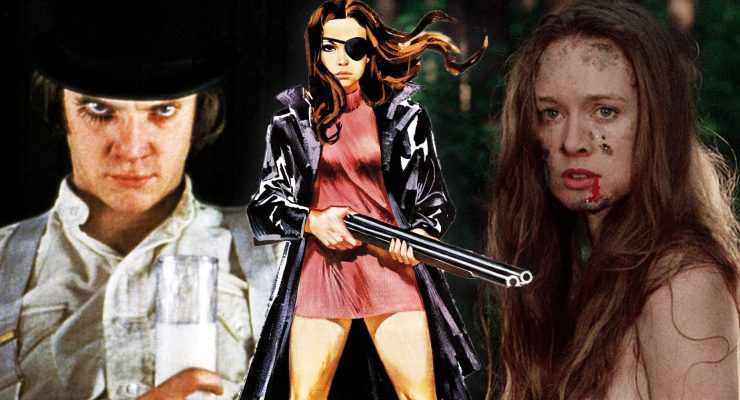Luke Addison on CGI and 3D effects in film….
When you compare television and film over the years, it’s clear that for the most part, they have come on leaps and bounds. The special effects laden Hollywood blockbusters that we see nowadays would never have been possible twenty or thirty years ago, as the technology simply wasn’t there for them.
That said, are the films of today any better than those of old? Does CGI automatically make a film any better? Of course not. For example, compare The Hobbit with the original Lord of the Rings trilogy. Whilst the effects on Gollum manage to bring him to life in a way that’s not quite captured in the original films, the CGI orcs don’t seem quite as menacing as the make-up and costumed orcs from the trilogy.
The detractors don’t stop there. Compared to practical effects, CGI – like video games – ages horribly. For example, compare the original Toy Story to newer Pixar films like Toy Story 3, Up and the upcoming Monsters University. It looks as if it was made eighteen years ago, which of course it was. That’s not to say that for its time Toy Story wasn’t a crowning achievement, because it proved to be a huge leap in CG, and paved the way for many films like it.
Of course there are two sides to every story, and CGI can be used to better a film, although that’s rarely the case. Some films have been considered unfilmable until the technology was available, the biggest case being Avatar. Whilst it’s the highest grossing film in cinema history, it’s arguably nothing but a giant video game, or a technology demo. The vision of writer/director James Cameron is to be admired, but the acting was poor and the story was merely a more adult version of Pocahontas – look it up, all the similarities are there. That’s not to say it’s not enjoyable, but it could have been half an hour shorter and some more time spent on the script to make it more unique. All that aside, without CGI none of it would have been possible, and I’ll be damned if the film didn’t look fantastic. If more films took a leaf from Avatar’s book with regards to CGI, maybe CGI wouldn’t have such a bad reputation.
Taking the heat off of CGI for a few moments, let’s take the time to talk about a reinvigorated fad in film – 3D. Done right it can immerse the viewer into the universe of the film better than thoigjt previously possible. For an example of this, look no further than Dredd, starring Karl Urban in the lead role, or the beautifully shot if poorly written Prometheus. Done badly, however, it can lead to a jarring experience that ruins the film for the viewer, as they find it difficult to focus on the film, rather than every little thing seemingly coming towards them; check out the last two Resident Evil films for proof of this.
So, with these latest developments in television and cinema, are we losing a good story in return for a sometimes decent but usually shoddy special effects experience? Perhaps. For every fantastic story driven film, we have five poorly scripted films that rely on special effects to engage the user. It’s a shame, and it won’t change until film makers begin to find a good middle ground. The likes of Mr. Nobody and Life of Pi did, but I’m confident that soon enough we’ll be consistently seeing films of the highest quality with regards to story and special effects, with less and less drivel being released in the cinema that clearly belongs in the direct-to-DVD market.
Luke Addison is an aspiring film journalist with a passion for all things television and film. Follow him on Twitter @Novo_Slev.











